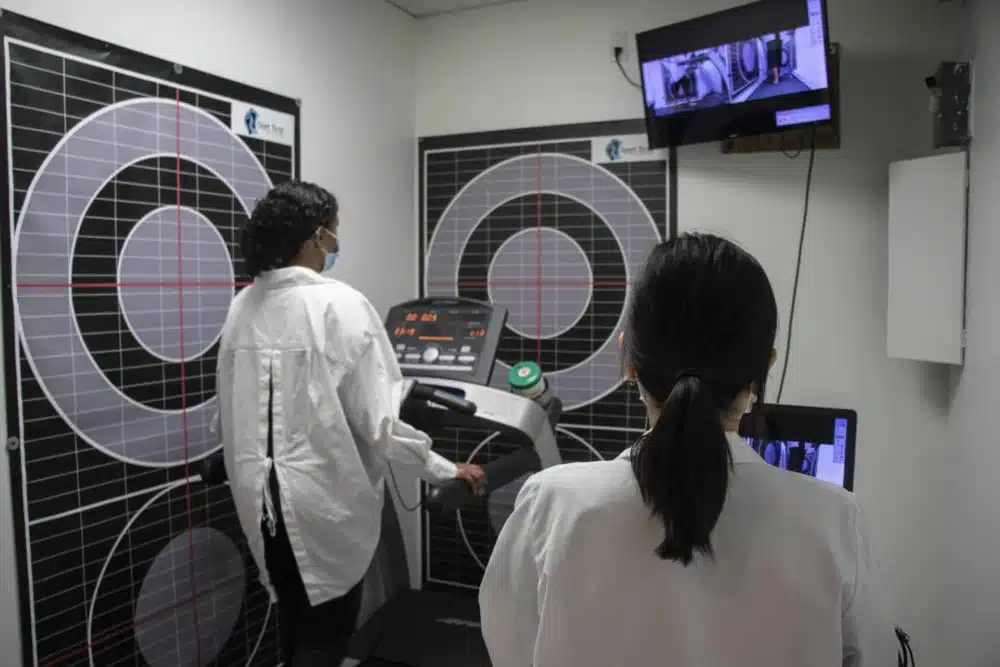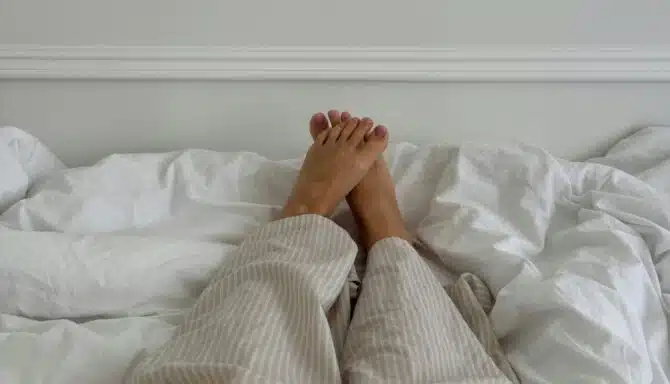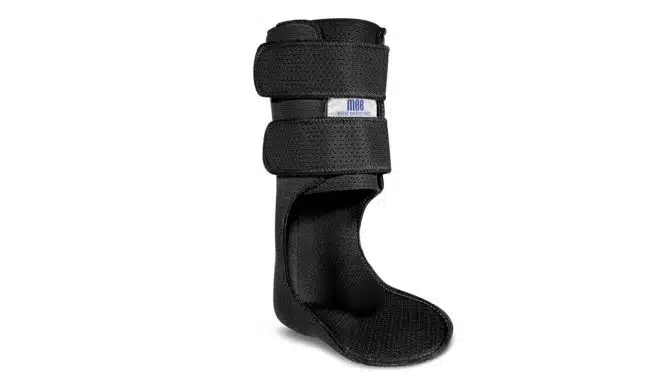As the seasons change, so do our wardrobes—and that includes our shoes. While it may feel like a harmless routine, transitioning between seasonal footwear can trigger or worsen foot pain in spring and fall. If you’ve ever noticed a sudden spike in arch pain, heel soreness, or toe discomfort during these transitional months, your shoes might be to blame.
The Biomechanics Behind Seasonal Foot Pain

Seasonal foot pain often stems from abrupt biomechanical changes. When you move from winter boots to spring sneakers, or from sandals back to fall loafers, the difference in sole thickness, arch support, heel height, and material flexibility forces your feet to adapt quickly. These small changes can alter your gait and posture, sometimes leading to overuse injuries or aggravating existing issues.
Common culprits include:
- Flats and slip-ons in spring/fall with minimal arch support
- Sandals in summer that lack heel cushioning
- Heavy winter boots that change your stride
- Socks vs. no socks, which can affect shoe fit and foot stability
Common Pain Patterns Triggered by Seasonal Swaps

Patients often report:
- Heel pain or plantar fasciitis flare-ups
- Ball-of-foot pain from unsupportive flats
- Ankle instability or rolling when switching to lighter shoes
- Blisters and corns due to different shoe materials or fit
- Knee, hip, and lower back pain from altered gait mechanics
If you already have custom orthotics or existing foot conditions, these changes can make matters worse without you realizing it.
Why Spring and Fall Are the Worst Offenders
Spring and fall are notorious for switching shoes discomfort because the weather fluctuates and so does our footwear. One day you’re wearing boots, the next you’re in light sneakers. That constant shifting puts your feet in a biomechanical guessing game.
How to Make the Seasonal Transition Easier

Here’s how to ease your feet into the new season:
- Ease into new footwear: Don’t make the swap overnight. Rotate old and new pairs for at least a week.
- Reassess your fit: Your feet may swell more or less in different temperatures. Ensure your shoes still fit properly.
- Prioritize support: Choose transitional footwear with good arch support and cushioning. Insert your orthotics if applicable.
- Strengthen your feet: Gentle foot mobility exercises and stretching can prepare your feet for new shoes and help prevent strain.
- Check your shoe age: Outsoles wear out faster than you think. If it’s been over a year since your last update, it might be time.
When to See a Foot Specialist
If your foot pain during spring or fall weather persists for more than a few days, it’s worth booking an assessment. You may need new footwear advice, a gait analysis, or a tweak to your orthotics.





